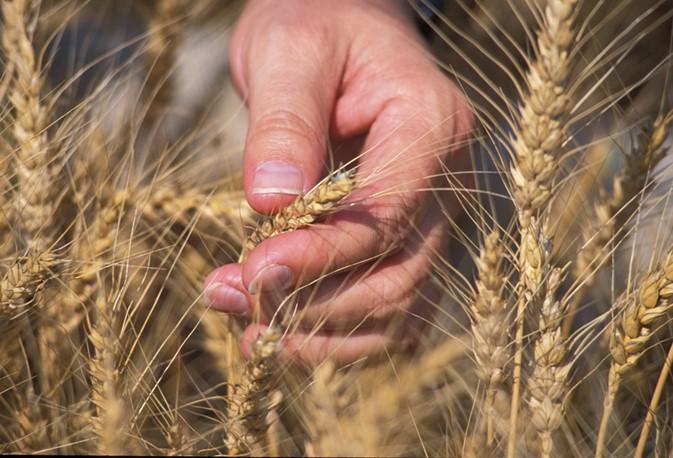Wheat Yields & Double-Crops—Time is Everything for Maximum Yields
Combines will be rolling very soon to harvest wheat, soon followed by the planter to get double-crop soybeans in the ground. As you know, for both wheat and soybeans, time is of the essence to maximize yields. This article is intended to be a reminder of how important timely harvest and rapid planting are for a double-crop system.
For wheat, there is a growing body of data pointing to the importance of the timely harvest. While wheat needs to be at about 12% moisture for storage, waiting to field-dry and harvest wheat at 12-14% will likely cost you a considerable loss in yield due to reduced test weight. Several studies in the Mid-Atlantic region over the past few years demonstrate that harvesting wheat at 18-20% moisture can maximize yields; and for every day after 18% moisture, wheat yields decrease approximately 0.5-2.5%. Furthermore, research shows that if wheat experiences cycles of wetting and drying prior to harvest, vomitoxin levels in the grain can increase by nearly 1 ppm. This is more reason to harvest around 18-20% moisture, especially if you observe head blight symptoms in your fields. Of course, harvesting wheat at 18-20% does require you to have the ability to immediately dry the grain to 12% or have a buyer willing to take high-moisture wheat and dry it (hopefully for a reasonable cost).
The second piece to the double-crop system is getting the soybeans in the ground as soon as possible. This can be tricky, especially if you are baling the straw. Ideally, the planters should be running the combines out of the field. For every day planting is delayed after mid-June, soybean yields decrease by roughly 1/2 bushel per day; and for every day after the end of June, expect about a 1-2 bushel per acre yield loss per day.
This article appears on June 2021, Volume 12, Issue 3 of the Agronomy news.
